How To Use Sector Rotation In Investing
Anticipating turns in the economy through sector rotation can pay off for nimble investors.

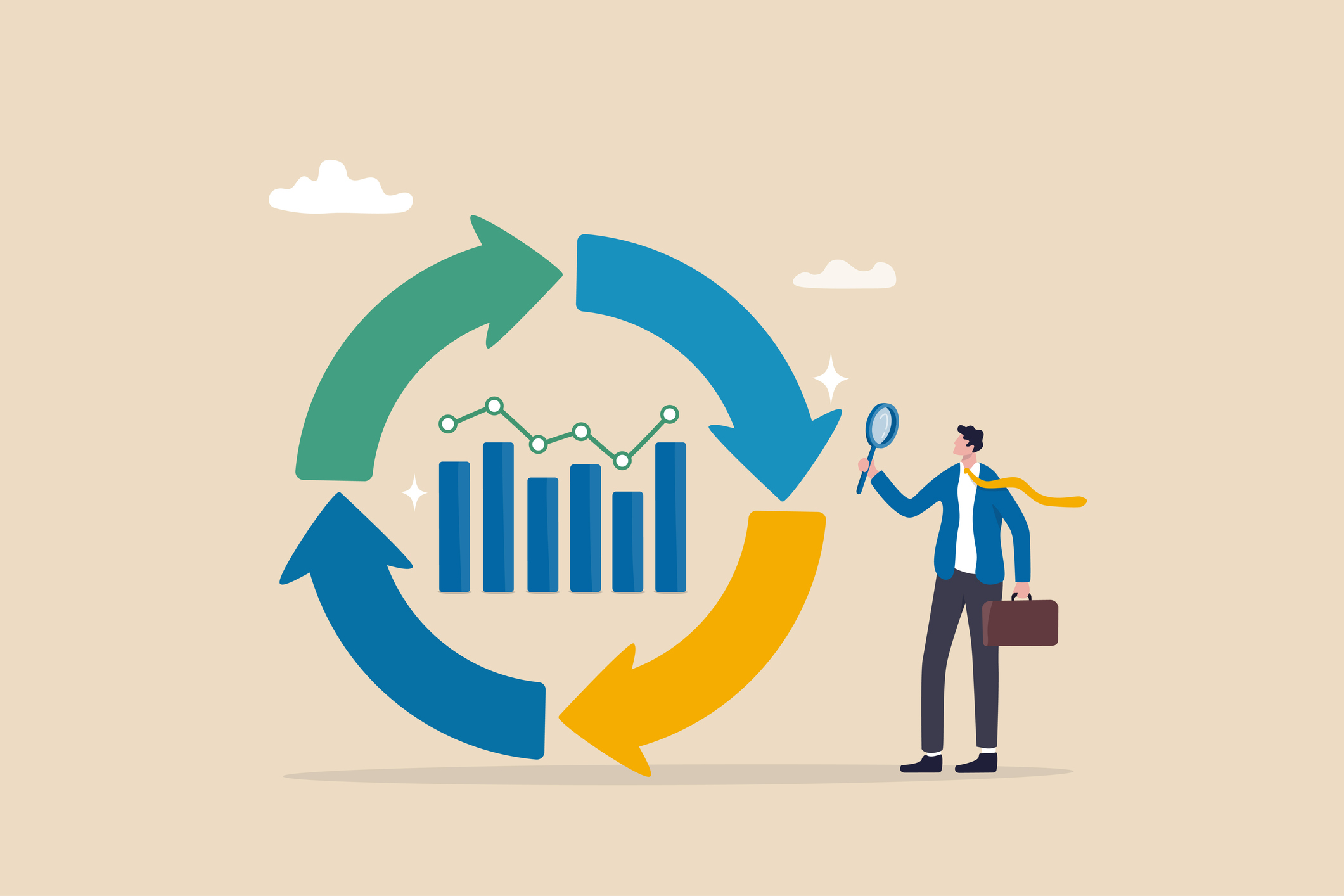
Just as we put aside shorts and swimsuits to make way for sweaters and wool socks as the weather cools, there are times to favor certain stock sectors over others. But instead of a change in seasons, the trigger for stock-sector investing is the business cycle as it moves from bust to boom to bust.
The investing strategy is called sector rotation. It involves shifting investments to certain industries in anticipation of the next stage of the economic cycle. "The business cycle plays a big role in how markets operate," says Omar Aguilar, chief executive and chief investment officer of Schwab Asset Management.
History has shown that as the economy moves through its predictable sequences, particular sectors tend to do better than others at certain junctures along the way. Generally, when the economy is growing, companies in businesses that are sensitive to economic conditions, such as banking (in the financial sector) and luxury consumer goods (in the consumer-discretionary sector), tend to thrive.
From just $107.88 $24.99 for Kiplinger Personal Finance
Become a smarter, better informed investor. Subscribe from just $107.88 $24.99, plus get up to 4 Special Issues

Sign up for Kiplinger’s Free Newsletters
Profit and prosper with the best of expert advice on investing, taxes, retirement, personal finance and more - straight to your e-mail.
Profit and prosper with the best of expert advice - straight to your e-mail.
On the flip side, firms in so-called defensive sectors – companies that make or sell necessary products or food (consumer staples stocks) or prescription drugs (healthcare stocks), as well as services such as utilities – tend to hold up well in a recession. Investors who have a good understanding of the business cycle, the theory goes, can spot timely investment opportunities.
But economic cycles don't always behave the same way every time, says Mark Barnes, head of investment research, Americas, at FTSE Russell, a global index provider. The stages can vary in length, breadth and depth, for starters.
"The source of the recession is usually why these cycles become different," says Schwab's Aguilar. And what jump-starts an economic phase can have an impact on which sectors thrive or dive. That means to succeed in sector-rotation investing you need to get a handle on what's driving the market and the economy.
Below, we break down the typical economic cycle into its stages, identify which sectors usually outperform in each phase and discuss how the current economic cycle compares with others. Returns are through September 30.
The typical economic cycle
The early or recovery stage generally lasts about a year, according to Fidelity's global asset allocation research team, and occurs as the economy bottoms and climbs out of a recession. Financials, materials, real estate and consumer discretionary stocks – traditionally known as the economically sensitive sectors – normally lead the market as consumer and corporate spending returns to normal and interest rates begin to rise.
In the economy's mid stage, which lasts roughly 3.5 years, business activity gains momentum, and corporate productivity and profits hum along. Growth-oriented, innovative segments of the market take over, including healthcare, information technology and certain pockets of communications services stocks (think Meta Platforms (META) or Alphabet (GOOGL)). Consumer-discretionary firms tend to do well, too.
After some time, higher inflation and interest rates put pressure on the economy. That leads to the late-stage phase, which lasts roughly 1.5 years. Economic growth may remain positive, but it is slowing. By the end of this phase, corporate earnings growth has begun to decline. "Things start to look a little gloomy," says Aguilar. In this period, commodity-oriented segments of the market – energy, industrials and materials – thrive. (Some market watchers lump the mid and late stages together in a single phase.)
The final stage typically lasts less than a year and is often marked by a recession because economic growth shrinks and profits decline. Typically, interest rates fall, and companies and consumers start to save more and spend less. Defensive, stable sectors take the lead, such as consumer staples, utilities and healthcare, as well as certain parts of the communication-services sector (think telecom service providers such as AT&T (T) and T-Mobile US (TMUS)). "Consumers may be down to their last dollar," says Aguilar, "but they'll still have their phones."
Where we are now in the economic cycle
"We're decidedly in the cycle's late stage. That's indisputable," says Liz Young, head of investment strategy at SoFi. But this late stage has been a protracted one, she adds.
Some strategists say the current cycle is unique. "We've not seen one like this before," says Schwab's Aguilar. The trillions of dollars in stimulus money handed directly to consumers and corporations during the pandemic is one reason. Those handouts increased the cash in personal savings accounts and company balance sheets to levels "never before seen," he says.
Then came a divergence in demand for goods (clothes and cars, say) and services (restaurants, movie tickets, travel). These two backbones of the economy usually move together. But during and even shortly after the pandemic, demand was robust for goods but paltry for services. Finally, inflation spiked to 40-year highs. All told, these factors have "made the current cycle very, very different" from previous ones, says Aguilar.
Instead of the economy-wide recession that many strategists expected in 2023, a rolling recession arrived. It started with a decline in manufacturing, then the tech industry slumped, then rising interest rates put pressure on the housing sector as mortgage rates nearly doubled. Those industries have largely stabilized or recovered (though commercial real estate is still in a bind), and inflation has come down (though it is still above the Fed's 2% target rate). Now, some strategists wonder if a full-scale recession will ever hit. If one does, say by early 2024, it may not be bad, says Aguilar.
But the rolling recession upended the typical sector-rotation pattern a bit. Since the start of 2023, economically sensitive industries – stars of the mid-stage part of the cycle – have topped the charts, namely communications services, information technology and consumer discretionary. A rally in tech stocks, in particular, took many investors by surprise in mid 2023 as excitement about artificial intelligence hit a fever pitch over the spring and summer.
Even so, it's still wise to pay attention to the usual patterns of particular industries tending to fare best during different points of the cycle. For now, that means loading up on healthcare and utility stocks, which tend to hold up well in a recession.
"If you don't have positions in utilities and healthcare, now is a good time to think about building them," says SoFi's Young.
But a recession is "not a foregone conclusion," says Schwab's Aguilar. For that reason, he recommends taking a "barbell" approach. Balance your bets on recession-resistant sectors – healthcare, utilities and consumer staples – with investments in sectors that typically do well in the early part of an economic recovery, such as financials, tech and consumer discretionary.
"We may have a soft landing," or a slowdown that avoids recession, Aguilar adds, so it may be timely to invest in things that do well as business activity improves.
Defensive-sector funds to consider now include the Invesco S&P 500 Equal Weight Health Care ETF (RSPH, expense ratio 0.40%), which is our favorite health-focused exchange-traded fund and a member of the Kiplinger ETF 20, the best cheap ETFs you can buy, as well as the Utilities Select Sector SPDR ETF (XLU, 0.10%). For consumer staples, there's the iShares US Consumer Staples ETF (IYK, 0.40%).
To set up your portfolio for a recovery, consider the iShares U.S. Financials (IYF, 0.40%). Among consumer-discretionary funds, take a look at the Fidelity MSCI Consumer Discretionary ETF (FDIS, 0.08%) and the Vanguard Consumer Discretionary ETF (VCR, 0.10%). And our favorite tech fund, another member of the Kiplinger ETF 20, is the Technology Select Sector SPDR ETF (XLK, 0.10%).
Note: This item first appeared in Kiplinger's Personal Finance Magazine, a monthly, trustworthy source of advice and guidance. Subscribe to help you make more money and keep more of the money you make here.
Related content
Profit and prosper with the best of Kiplinger's advice on investing, taxes, retirement, personal finance and much more. Delivered daily. Enter your email in the box and click Sign Me Up.

Nellie joined Kiplinger in August 2011 after a seven-year stint in Hong Kong. There, she worked for the Wall Street Journal Asia, where as lifestyle editor, she launched and edited Scene Asia, an online guide to food, wine, entertainment and the arts in Asia. Prior to that, she was an editor at Weekend Journal, the Friday lifestyle section of the Wall Street Journal Asia. Kiplinger isn't Nellie's first foray into personal finance: She has also worked at SmartMoney (rising from fact-checker to senior writer), and she was a senior editor at Money.
-
 23 Last-Minute Gifts That Still Arrive Before Christmas
23 Last-Minute Gifts That Still Arrive Before ChristmasScrambling to cross those last few names off your list? Here are 23 last-minute gifts that you can still get in time for Christmas.
-
 The Rule of Compounding: Why Time Is an Investor's Best Friend
The Rule of Compounding: Why Time Is an Investor's Best FriendDescribed as both a "miracle" and a "wonder," compound interest is simply a function of time.
-
 4 Great Tools to DIY Your Own Financial Plan
4 Great Tools to DIY Your Own Financial PlanSmart Savings Several tools picked out by Kiplinger that DIYers can use to make their own financial plan.
-
 Crypto Trends to Watch in 2026
Crypto Trends to Watch in 2026Cryptocurrency is still less than 20 years old, but it remains a fast-moving (and also maturing) market. Here are the crypto trends to watch for in 2026.
-
 Small Caps Hit a New High on Rate-Cut Hope: Stock Market Today
Small Caps Hit a New High on Rate-Cut Hope: Stock Market TodayOdds for a December rate cut remain high after the latest batch of jobs data, which helped the Russell 2000 outperform today.
-
 What Investors May Face in the New Year: Interview
What Investors May Face in the New Year: InterviewKeith Lerner, the chief market strategist and chief investment officer for Truist Wealth, speaks with Kiplinger.
-
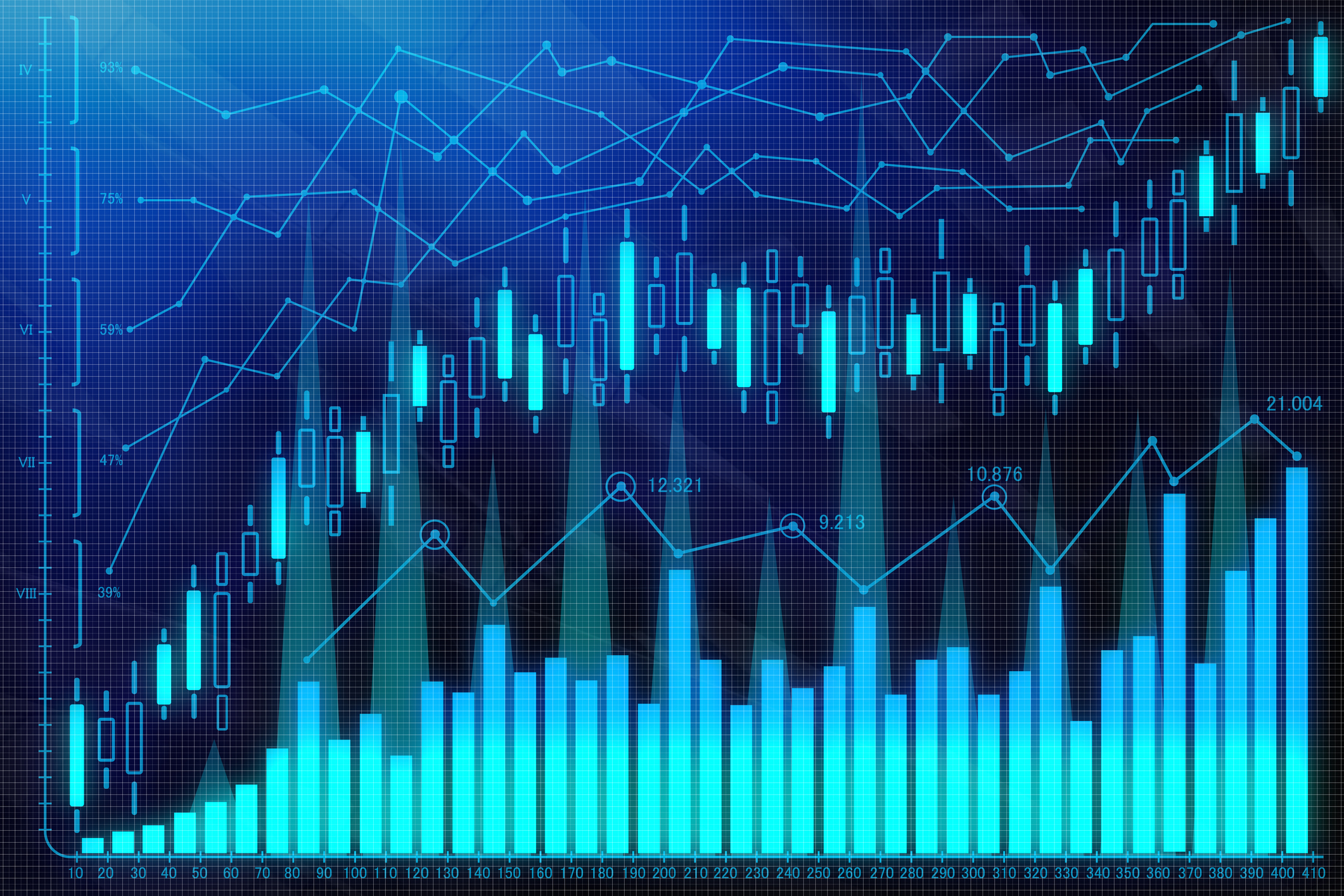 UNH Sparks a 408-Point Surge for the Dow: Stock Market Today
UNH Sparks a 408-Point Surge for the Dow: Stock Market TodayThe best available data right now confirm both a slowing employment market and a December rate cut, a tension reflected at the equity index level.
-
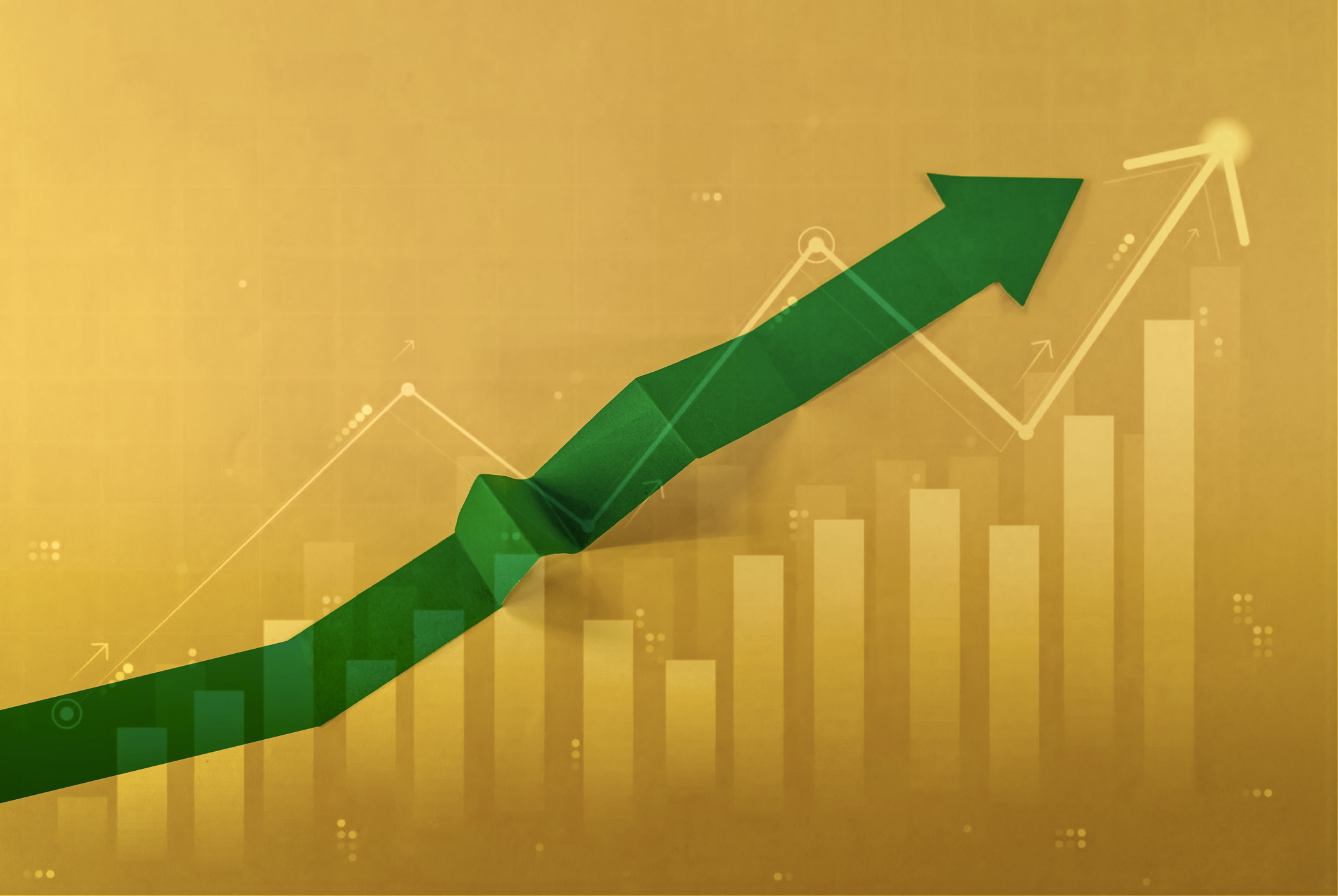 Stocks Bounce Back With Tech-Led Gains: Stock Market Today
Stocks Bounce Back With Tech-Led Gains: Stock Market TodayEarnings and guidance from tech stocks and an old-school industrial lifted all three main U.S. equity indexes back into positive territory.
-
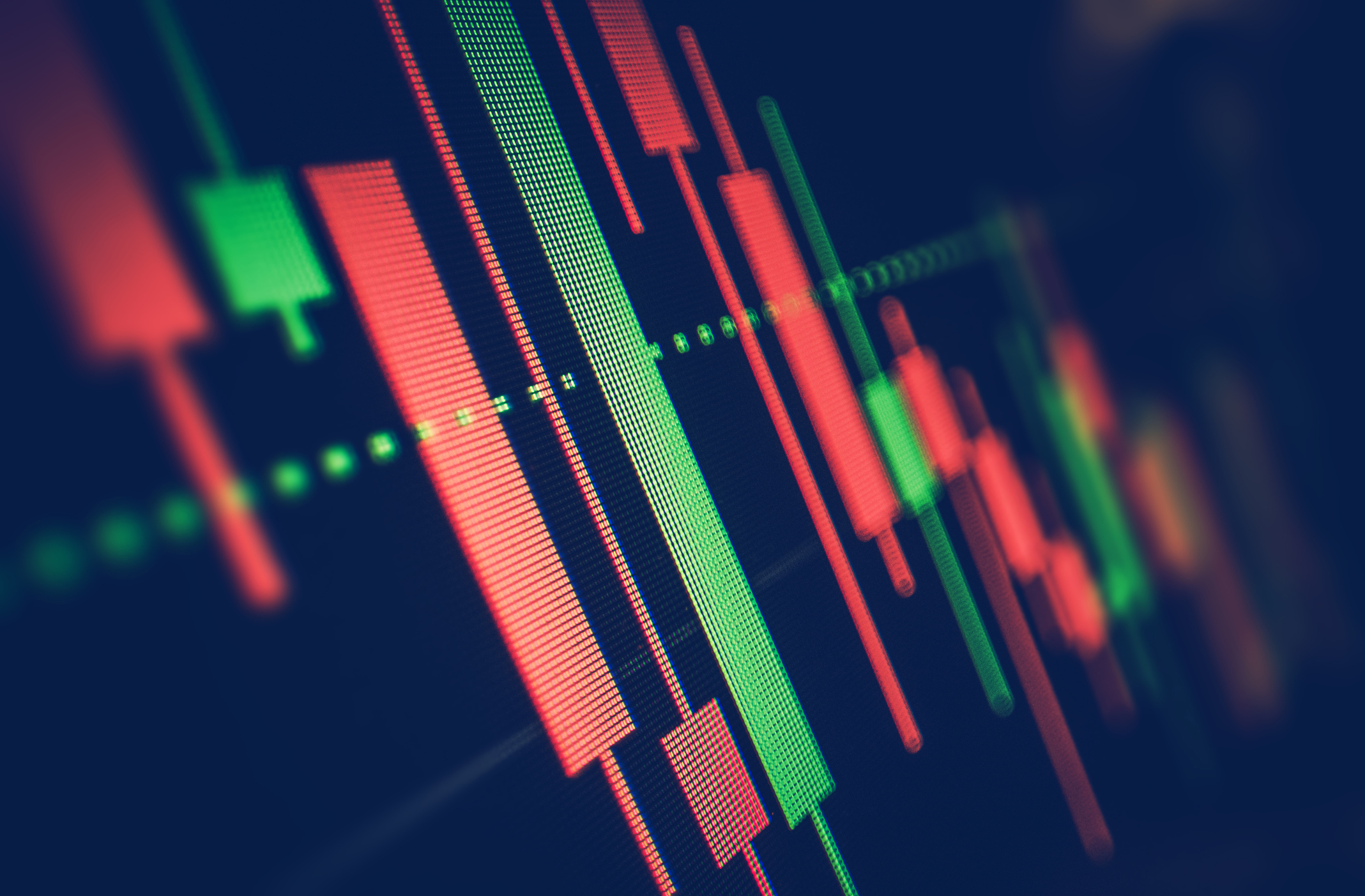 Dow Slides 427 Points to Open December: Stock Market Today
Dow Slides 427 Points to Open December: Stock Market TodayThe final month of 2025 begins on a negative note after stocks ended November with a startling rally.
-
 What to Make of a Hot IPO Market
What to Make of a Hot IPO MarketThis year's crop of initial public offerings could be even dicier than usual because of a skew toward tech and crypto.
-
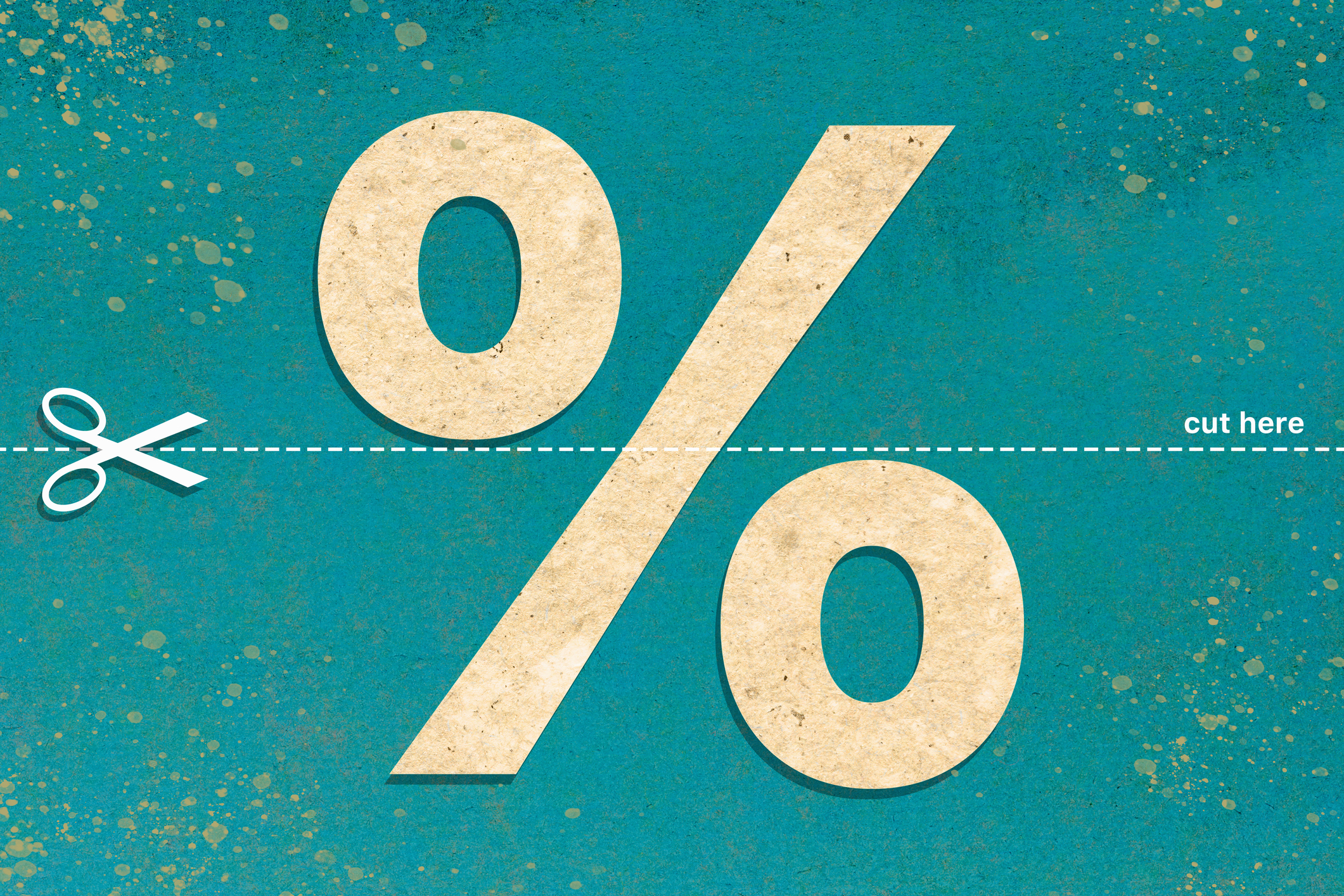 How to Position Your Portfolio for Lower Interest Rates
How to Position Your Portfolio for Lower Interest RatesThe Federal Reserve is far from done with its rate-cutting regime. This is how investors can prepare.